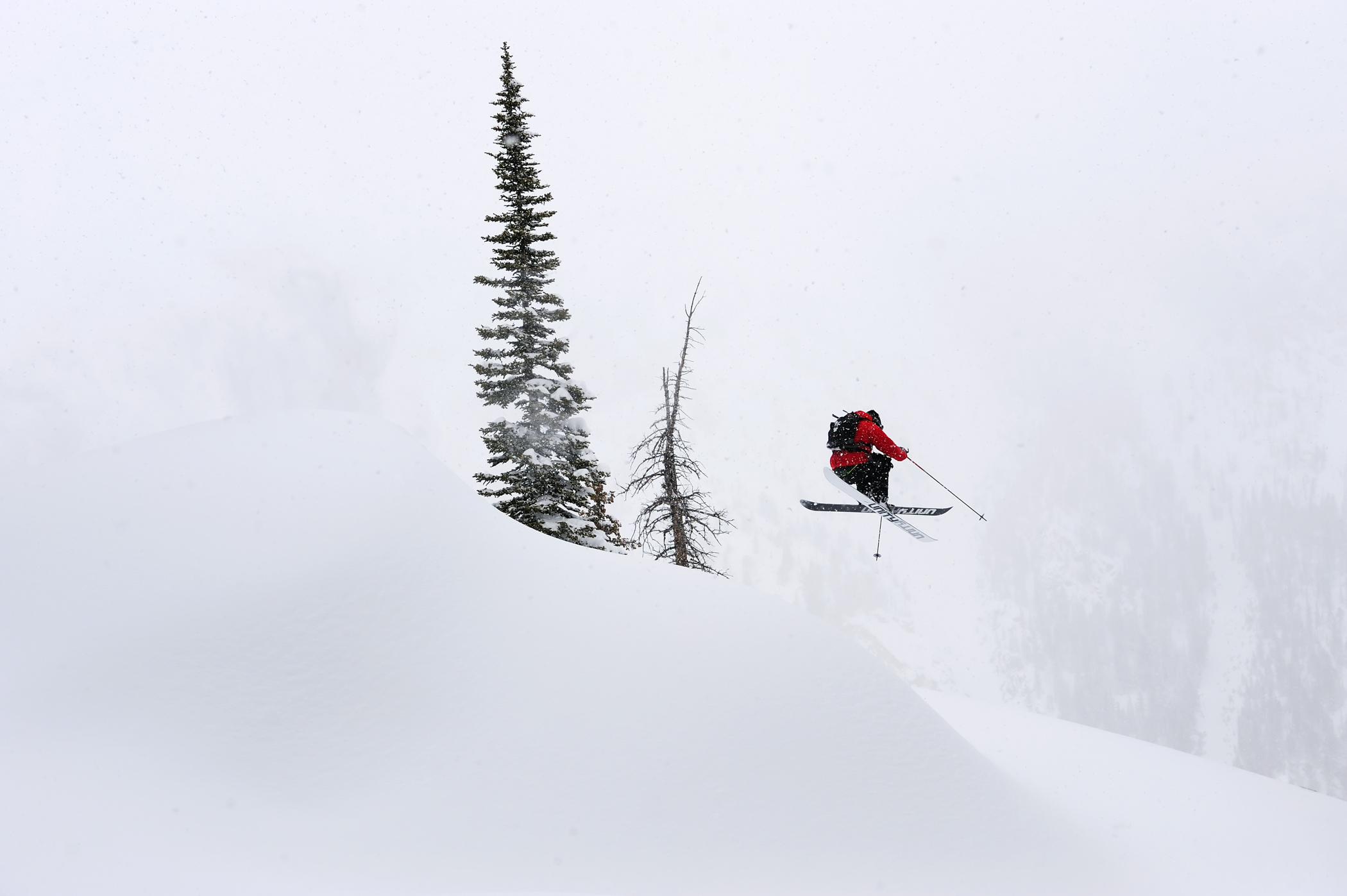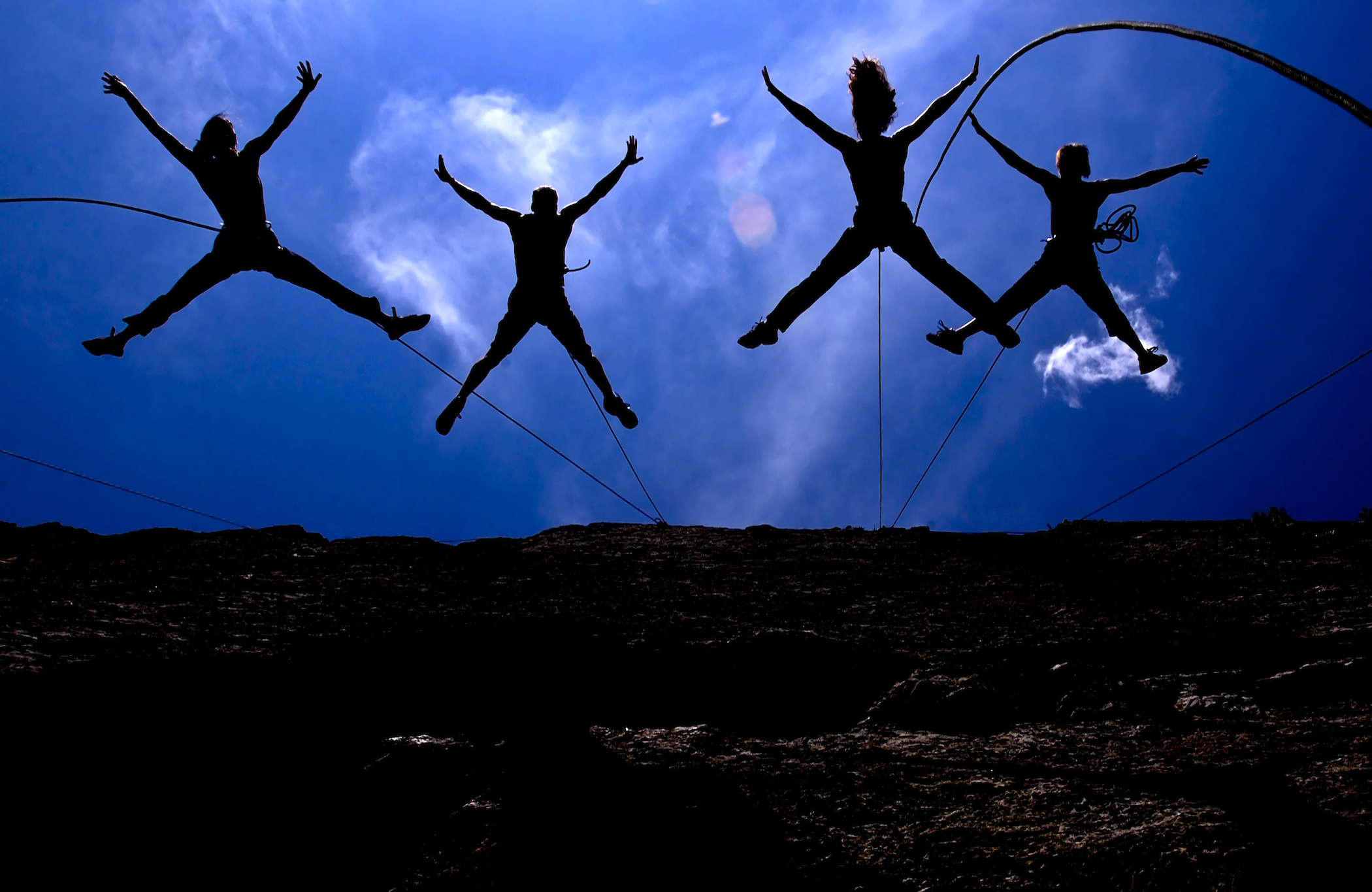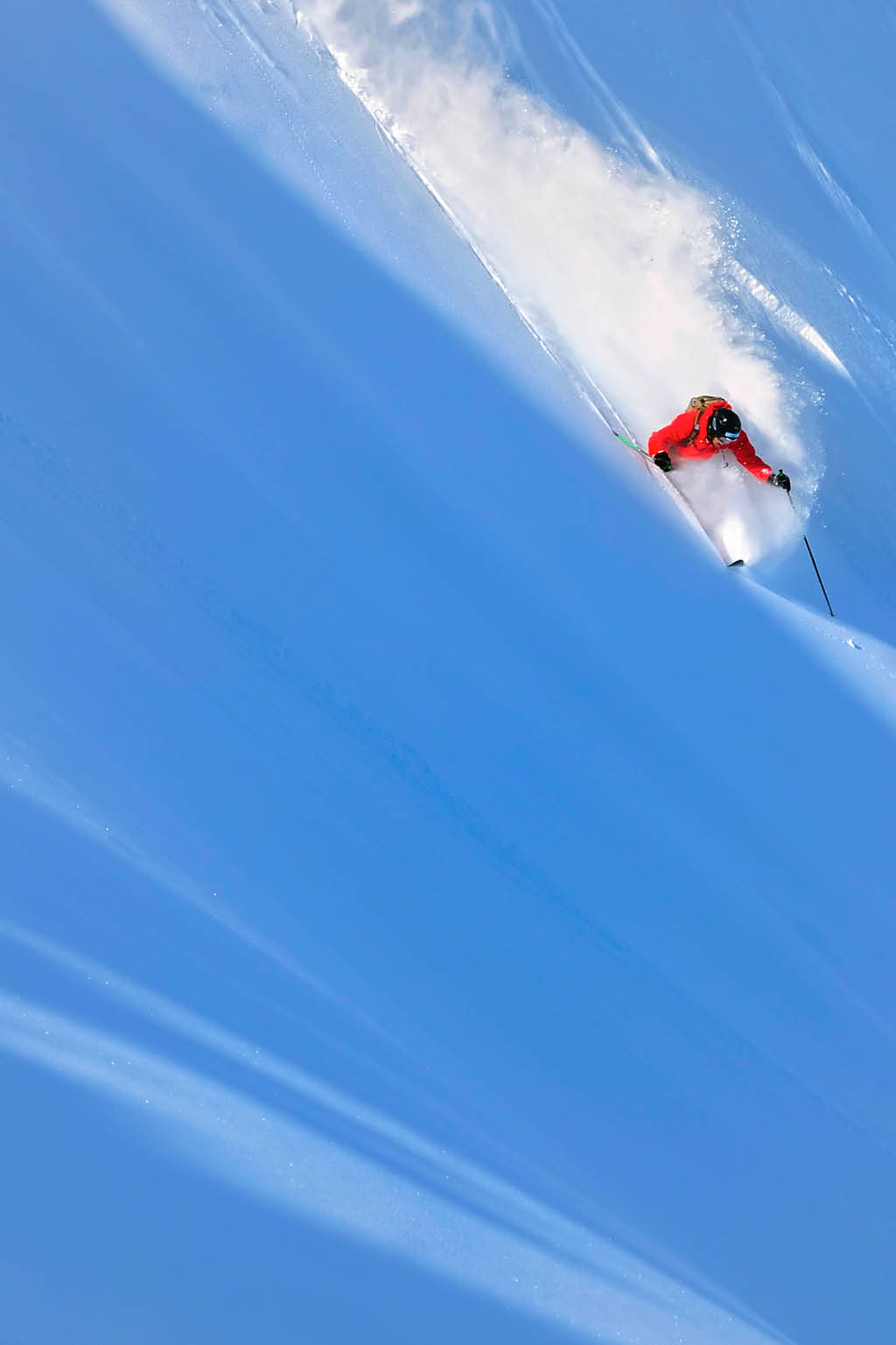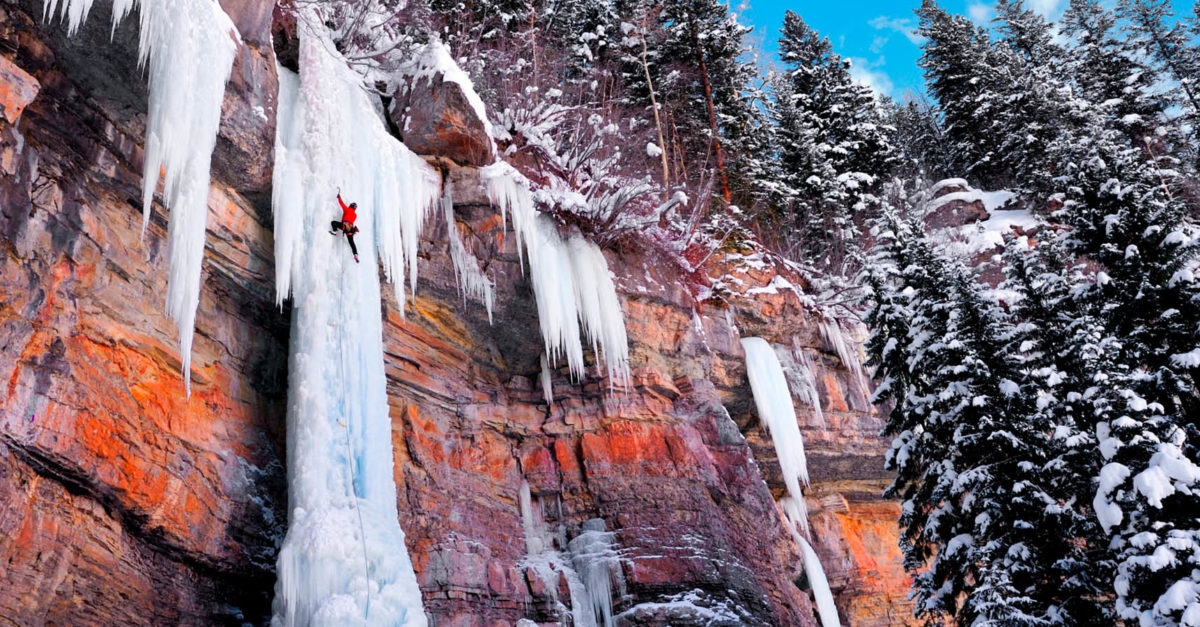In Focus with Lucas Gilman
When you see an image of an athlete surfing a wave that seems to defy the laws of nature or a kayaker running one of the tallest waterfalls, it’s hard not to marvel at what lengths were taken to get that shot. Extreme sports photographer Lucas Gilman is the talent behind some of these awe-inspiring pictures, having gone around the globe for some of the world’s biggest brands and magazines.
What got you started in photography?
I was always the kid who wanted to take pictures on family vacation, but I never thought it could be a career. My high school didn’t have a photography program, so I didn’t discover my passion for it until college. I went to the University of Colorado Boulder and started out in journalism. At the time, I dreamt of being a magazine writer, but then I took a photojournalism class and was instantly hooked on photography.

I started taking pictures for the school newspaper, which led to working for the Denver Post, but it ended up being too much tragedy and destruction for me. Later, I wound up taking a job in Jackson Hole, Wyoming, for a small newspaper. This is when I started doing work for brands like Patagonia, which kick-started my photography portfolio. Shortly after this gig, a buddy of mine was going to Costa Rica for a kayaking expedition. I went with him and after that trip started doing adventure-focused photography expeditions around the world.
How would you say your work has evolved over time?
I’m going on twenty years now professionally, and a lot has changed since I started. I used to go out and find a magazine to pitch projects to, and they would give me editorial money to go on these expeditions if they liked my work. I would then go with an athlete to a certain location and take pictures to go into a brand’s catalog. Now it’s about producing content for social media and advertising first, and producing for a magazine editorial second. The digital landscape has really changed everything.
Five years ago, I got into photographing surfing, which is what I’m mainly doing now, along with working with various Silicon Valley brands like Western Digital and Apple. I try to focus on long-form projects and campaigns—ones that are fulfilling intellectually and have some sort of artistic value.

Is there a certain event that’s been your favorite to photograph?
I loved covering the Tour de France, which I did for a couple of years. It’s cool to get to hang out with professional cyclists who work their whole lives to get to this big race. Ironman is another fun event because you witness people push past their own personal limits to accomplish their goals.
What are some of the craziest things you’ve done to get that perfect shot? Have you ever had any safety concerns on a shoot?
Adventure photography is all about location. I’ve been all over the world and have done things like propelling into canyons to capture the right angle of a waterfall or going on rafts that are put together haphazardly to get the right shot. One particular instance that was alarming was almost getting kidnapped in Mexico and having to negotiate our way out of it. I’ve had lots of alarming experiences like that.
When I was photographing the second-largest kayak run ever, on Big Banana Falls in Mexico, you only see a series of images. What you don’t know is that I had to go back to that same waterfall five years in a row to get those shots. The takeaway is: you look on Instagram and it looks joyous and fun, but there’s a lot of blood, sweat, and tears behind the magic.
How do you deal with the challenges of the job?
Photography is super competitive and there’s no second chance, so if I make mistakes, I always come back with a lesson. The client doesn’t care if you got sick or the weather was bad (and both have happened to me); you just need to come back with something. I’ve never had a shoot completely fail, but there have been shoots that didn’t work as well as they could’ve. When you’re dealing with a 189-foot waterfall, the kayaker isn’t going to run it again, so you need to
be prepared.

How does your process for sports photography differ from that of personal or lifestyle images?
Ethos is a large part of it. I consider myself a handyman in the sense that, the more things I do well, the better the photography will be. I try to bring things from my adventure work—shutter speed and depth of field—into lifestyle images. I typically use longer lenses to tell stories, which helps minimize distractions and maximize what I want the viewer to look at. It’s about using these techniques as well as building on the knowledge base that I’ve amassed over twenty years in the business.
Do you like having a set plan or idea for a shoot beforehand, or do you prefer to be spontaneous?
I like to have a very calculated idea of how I would like things to go, with lots of research on the subject. With Google Earth and other apps, I can figure out when the sun rises and sets and how the weather will be that day, so everything can be maximized. I’m open to things changing as well, because if something magical happens, I’m not going to say no because I’ve planned something else. I work with a lot of athletes, so I like to have a cohesive vision with that other person. I’m really leaning on the athlete to help because I don’t know the sport like they do.
What advice would you give to aspiring photographers?
It’s a marathon, not a sprint. If you want to work for a magazine—a lot of photographers want to work with Sports Illustrated and National Geographic—you have to make sure you’re ready. There’s no second chance to make that first impression. If you want the job and they call you to do it, your skill set better be there. Surround yourself with good, creative people who will give you honest feedback, and take workshops and learn as much as you can along the way.
What’s one project that you’re especially proud of, and why?
I recently worked with Apple in Tahiti, and I got to photograph one of the heaviest waves in the world with local Tahitian surfers. Getting to hang out with top-caliber athletes in one of the most beautiful places on the planet and getting to share those images with larger audiences is something I’m always proud of.
What sports have been particularly difficult to capture? Are there ones that you prefer shooting over others?

Surfing is so hard because there are only certain windows when the waves are good. The wind needs to be good, and the variables need to line up. It’s the same with skiing and kayaking—you need good snow and the water levels have to be just right. It’s a constant balancing act. Lately, I’m drawn more to outdoor sports over event-based sports. Events become so busy and you’re put in a box and limited on creativity. With athletes, it’s always something unique and new.
What do you hope people take away from your images?
With social media and how people are constantly scrolling at turbo speed, my purpose as a photographer is getting someone to stop and slow down. I want to remind people that there are beautiful places and we need to protect them. I also hope I can inspire people to do something to make themselves better and to help someone else, too.
For more info, visit lucasgilman.com. Photos courtesy of Lucas Gilman.









